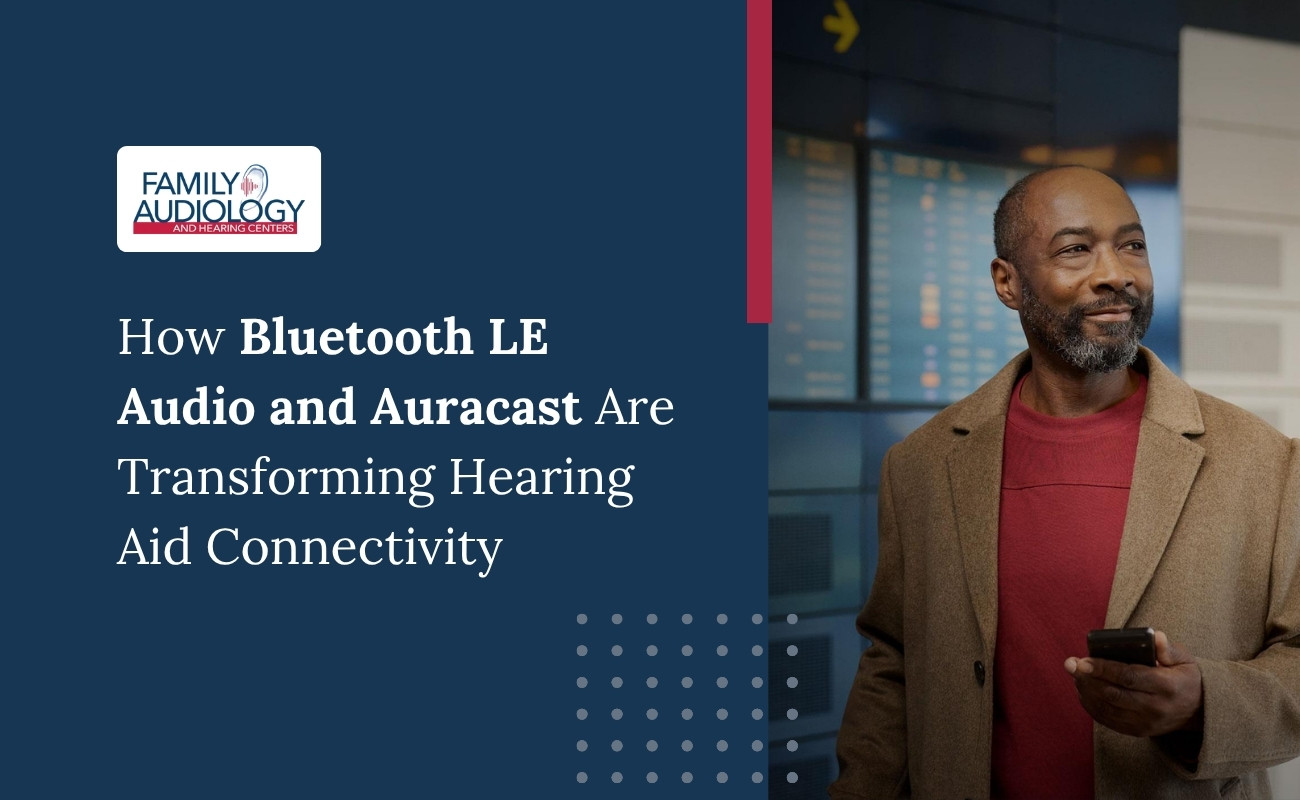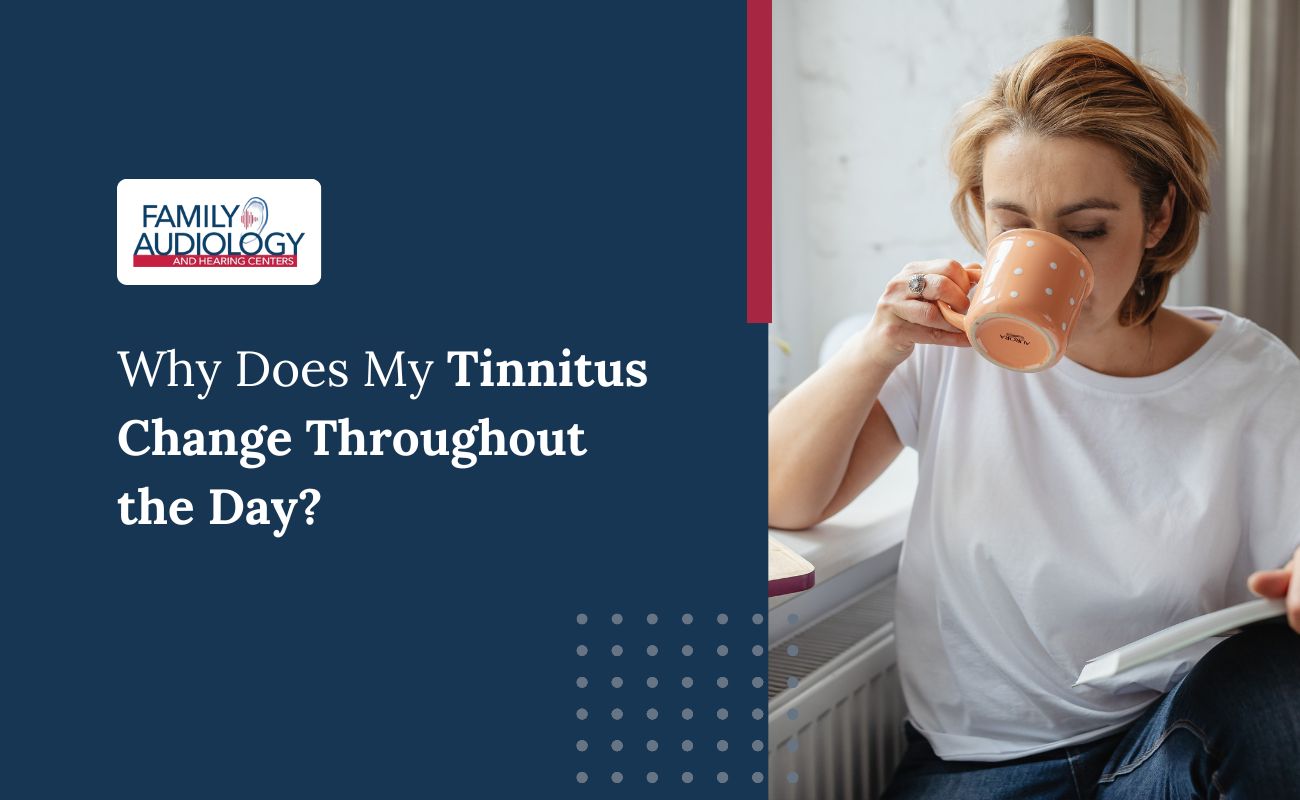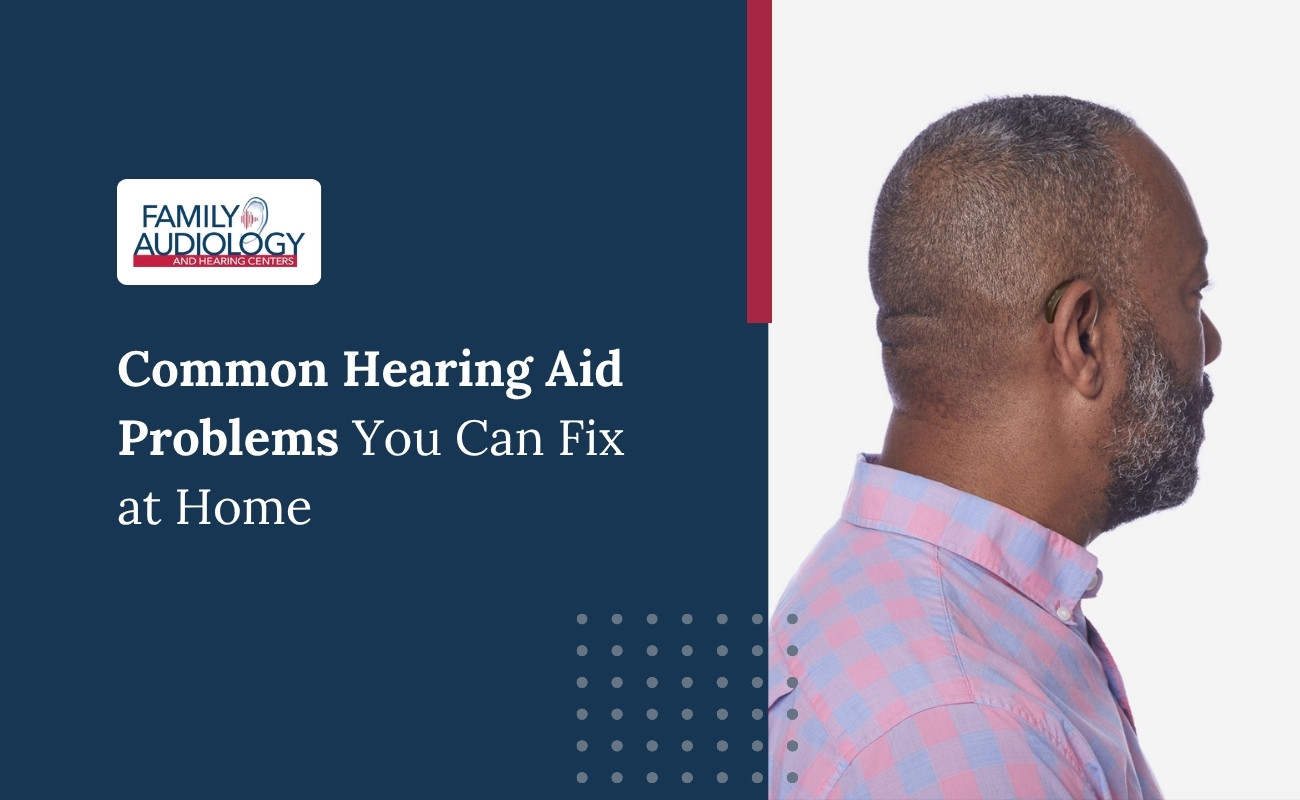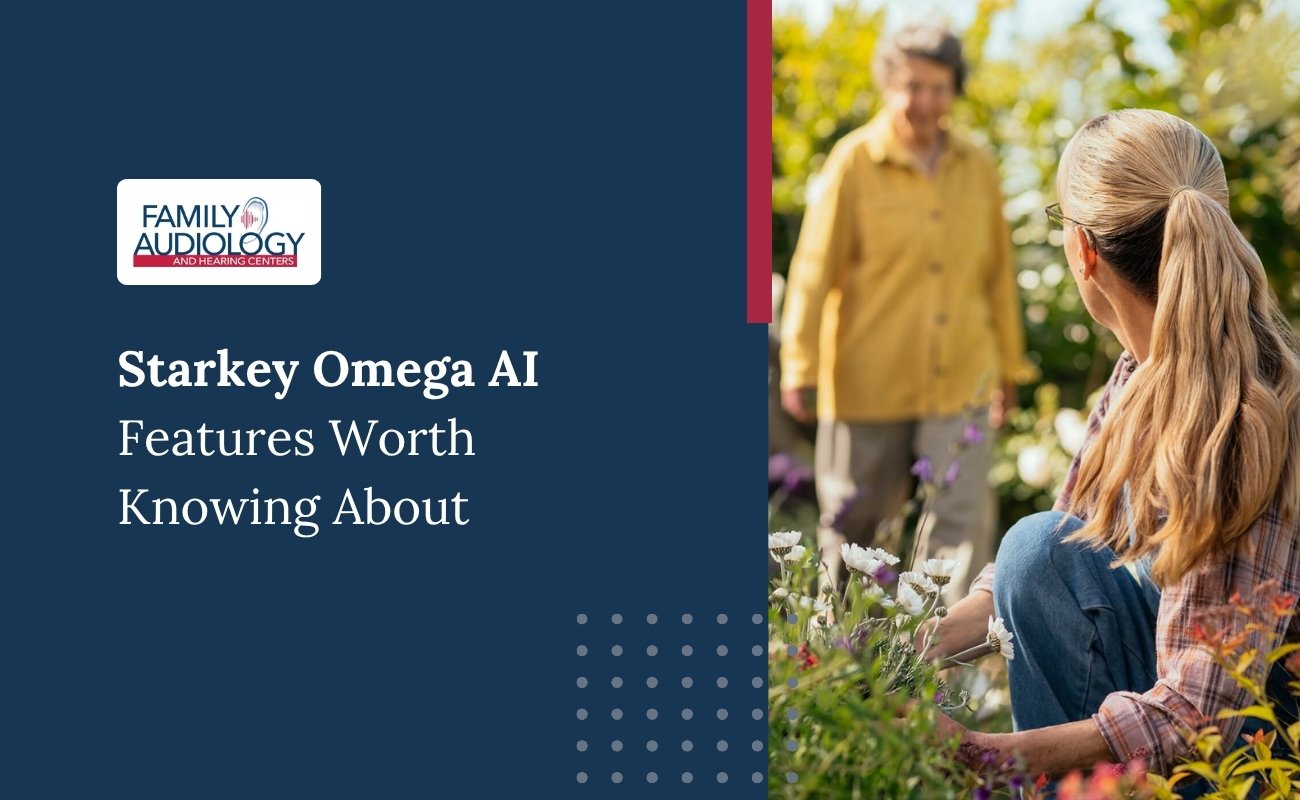How Bluetooth LE Audio and Auracast Are Transforming Hearing Aid Connectivity



Modern hearing aids have evolved far beyond simple amplification devices. Today's advanced hearing technology integrates seamlessly with smartphones, televisions, and other digital devices, creating a connected experience that enhances communication and entertainment. At the forefront of this connectivity evolution are two key technologies: Bluetooth Low Energy (LE) Audio and Auracast broadcast audio. These innovations are reshaping how people with hearing loss interact with the world around them.
Understanding Bluetooth LE Audio Technology
Bluetooth LE Audio represents a significant advancement over traditional Bluetooth connectivity. This newer protocol consumes substantially less power while delivering superior audio quality and more reliable connections. For hearing aid users, this translates to longer battery life and fewer connection interruptions during phone calls or music streaming.
The technology enables hearing aids to pair more easily with smartphones and other devices, establishing connections more quickly than previous Bluetooth versions. Users experience smoother transitions between different audio sources and more stable streaming performance throughout the day. This improved reliability means fewer frustrating moments when audio cuts out during important conversations or entertainment.
Bluetooth LE Audio also supports bidirectional communication, allowing for hands-free phone calls directly through compatible hearing aids. Users can answer calls with a simple tap and speak naturally, with their voice picked up by the hearing aid's microphones. This feature proves particularly valuable for people who struggle with traditional phone conversations due to hearing loss.
The Power of Auracast Broadcast Audio
Auracast technology functions like an invisible public address system, enabling venues and individuals to broadcast audio directly to compatible hearing devices. This breakthrough technology allows theaters, places of worship, airports, restaurants, and other public spaces to transmit audio to an unlimited number of nearby receivers without requiring individual pairing.
For hearing aid users, Auracast opens up new possibilities for accessibility in public environments. Instead of relying on aging assistive listening systems or struggling to hear in acoustically challenging spaces, users can receive clear, direct audio transmission to their hearing aids. The technology works by creating audio broadcasts that compatible devices can detect and connect to with minimal effort.
Personal applications of Auracast include sharing audio between family members or friends. Parents can share the audio from a tablet or smartphone with their children's hearing aids during car trips, or couples can both listen to the same television program through their individual hearing devices without disturbing others.
Real-World Benefits for Hearing Aid Users
The combination of Bluetooth LE Audio and Auracast creates practical advantages that improve daily life for people with hearing loss. Extended battery life means users can stream audio, take phone calls, and use wireless accessories throughout the day without worrying about their hearing aids losing power. This reliability proves especially important for active individuals who depend on their hearing aids for work, social activities, and safety.
Connection stability has improved dramatically with these new technologies. Users report fewer instances of audio dropping out during phone calls or music streaming, creating a more seamless experience. The faster pairing process also reduces the technical barriers that sometimes discourage people from fully utilizing their hearing aids' connectivity features.
In public spaces equipped with Auracast transmitters, users can access audio directly without needing to request special equipment or deal with complicated setup procedures. This independence enhances the overall experience of attending events, visiting museums, or participating in guided tours.
Hearing Aid Models Leading the Technology
Several manufacturers now offer hearing aids equipped with these advanced connectivity features. The ReSound Vivia and Savi models incorporate both Bluetooth LE Audio and Auracast capabilities, providing users with comprehensive connectivity options. These devices can connect to both traditional Bluetooth sources and newer Auracast broadcasts, ensuring compatibility with current and future audio systems.
The Phonak Infinio platform also embraces these connectivity standards, offering universal Bluetooth connectivity alongside Auracast readiness. Users benefit from direct audio streaming capabilities while maintaining access to emerging broadcast audio opportunities.
Starkey's Edge AI hearing aids feature the new Bluetooth LE Audio protocol, providing improved connectivity with smartphones and other devices. The technology enables more robust streaming performance while preserving battery life throughout the day.
Professional Fitting and Optimization
While these connectivity features offer impressive capabilities, proper professional fitting remains essential for optimal performance. Audiologists can configure hearing aids to work seamlessly with users' specific devices and communication needs. During the fitting process, audiologists ensure that streaming volume levels complement the user's hearing loss profile and that phone call clarity meets their communication requirements.
Real Ear Measurements help verify that hearing aids provide appropriate amplification across all frequency ranges, including when streaming audio content. This verification ensures that users receive the full benefit of both their hearing aids' processing capabilities and the improved audio quality from Bluetooth LE Audio streams.
Ongoing support from hearing care professionals helps users navigate new connectivity features and troubleshoot any technical challenges. As public spaces adopt Auracast technology, audiologists can provide guidance on accessing and using these new audio broadcasting capabilities.
The Future of Connected Hearing
As Bluetooth LE Audio and Auracast adoption continues to expand, hearing aid users can expect even more connectivity opportunities. Public venues are beginning to install Auracast transmitters, creating accessible audio environments for people with hearing loss. Airlines, conference centers, and entertainment venues represent early adopters of this technology.
The integration of artificial intelligence with these connectivity protocols promises further enhancements. Smart hearing aids can learn user preferences for different audio sources and automatically optimize settings for phone calls, music streaming, or public broadcasts. This personalization reduces the need for manual adjustments while ensuring optimal audio quality in various listening situations.
Smartphone integration continues to deepen, with newer Android and iOS versions providing native support for hearing aid connectivity features. Users can adjust hearing aid settings directly through their phone's accessibility menus, creating a more integrated experience between their hearing devices and digital lifestyle.
Taking the Next Step Toward Better Connectivity
The advancement of Bluetooth LE Audio and Auracast technology represents a significant step forward in hearing aid connectivity, offering users more reliable, efficient, and accessible ways to connect with their digital world. These innovations address many of the connectivity challenges that have historically limited hearing aid users' ability to fully engage with modern communication and entertainment technologies.
If you're interested in experiencing these advanced connectivity features, we encourage you to schedule a consultation with one of our experienced audiologists. Our team can demonstrate how these technologies work with the latest hearing aid models and help you determine which connectivity features would benefit your specific lifestyle and communication needs. Contact us today to explore how modern hearing aid technology can enhance your connection to the sounds and conversations that matter most to you.
Discover the Latest Articles
Stay informed with our informative articles.

Why Does My Tinnitus Change Throughout the Day?

Common Hearing Aid Problems You Can Fix at Home

Starkey Omega AI Features Worth Knowing About
Contact your local Hearing Aid Specialists
At Family Audiology and Hearing Centers, we strive to be there for all your family’s hearing needs. Because of this, we have 17 convenient locations in Ohio and Wisconsin for you to visit. See which location is best for you and schedule an appointment today.


.jpeg)